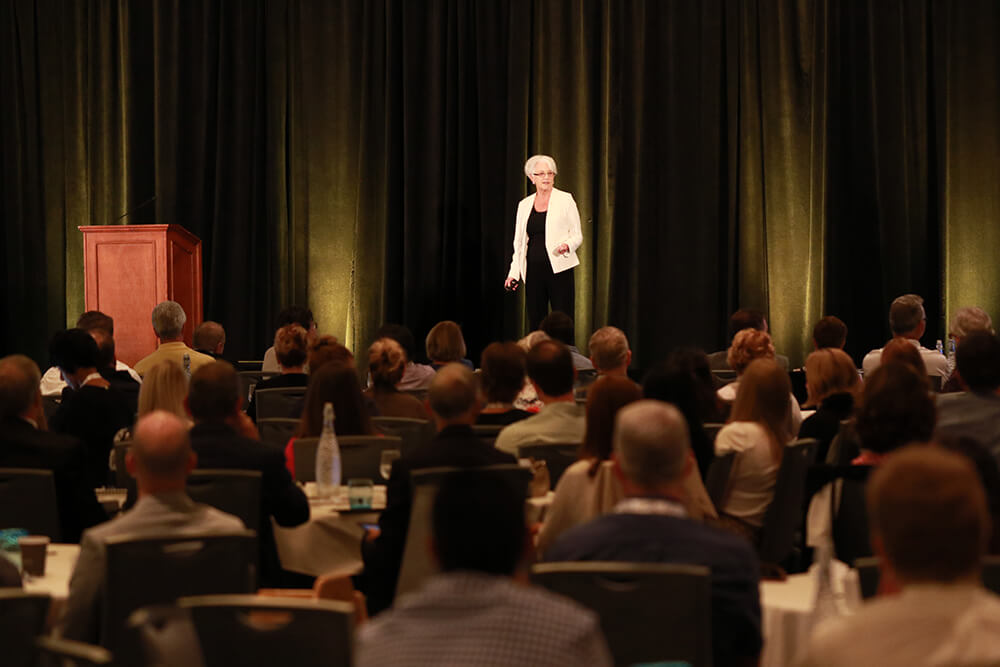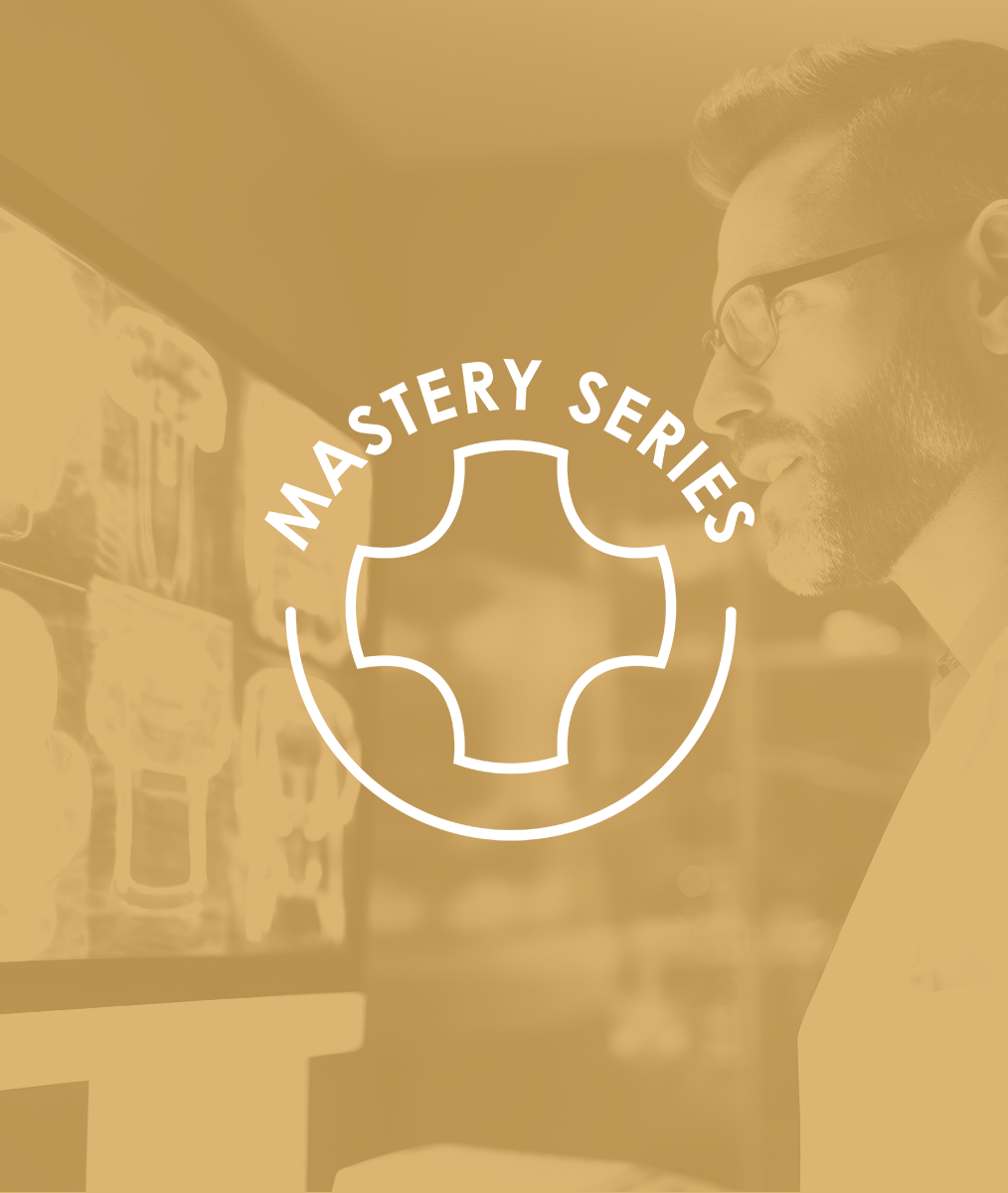The Relationship Based Dental Practice from the Patient’s Perspective
It’s early in the morning and the first sip of coffee full of that fresh aroma just went down with a sigh, a sagging of the shoulders and a feeling of here we go for another day. My mind is starting to run the list of what is on the day’s agenda…work deadlines and meetings…the kids’ schedules…what is my spouse doing today? Did I pay that electric bill or not? Then it hits. Oh, that’s right! I have a dental appointment today!
The morning life puzzle pieces all start to come together as they always do.
Everyone and everything are in their place. And off I go to the dentist with that fearful thought, “I hope they don’t hurt me today.” Parking in a rush and taking a breath before entering the dental office door, I worry, “Am I just in time?” A gentle face looks up, smiles and greets me by name. With that kind hello, I begin to relax and mentally whisper to myself, “I’m safe here. They know me. They want to take care of me. They’re happy to see me. I’ll be okay.”
The reality is this kind of personalized attention and care is slowly going away.
In medicine and dentistry, consolidation of practices into corporate entities has forced doctors to “run” on a patient-number schedule and production list. Statistics and numbers are slowly pulling their want and desire to give personalized care away from them. And I, the Patient, don’t want to be treated this way.
I’m glad my dentist takes time to know me and my concerns, spends time diagnosing and planning treatment that is individualized and best for me, and doesn’t let insurance companies limit my choices and the quality and quantity of care I receive. What’s important to me is I trust this type of dental care, I think I deserve this type of care—and the comfort I feel during my dental visits is priceless.
Related Course
E3: Restorative Integration of Form & Function
DATE: November 1 2026 @ 8:00 am - November 5 2026 @ 2:30 pmLocation: The Pankey Institute
CE HOURS: 41
Dentist Tuition: $ 7500
Single Occupancy with Ensuite Private Bath (per night): $ 355
Understanding that “form follows function” is critical for knowing how to blend what looks good with what predictably functions well. E3 is the phase of your Essentials journey in which…
Learn More>












